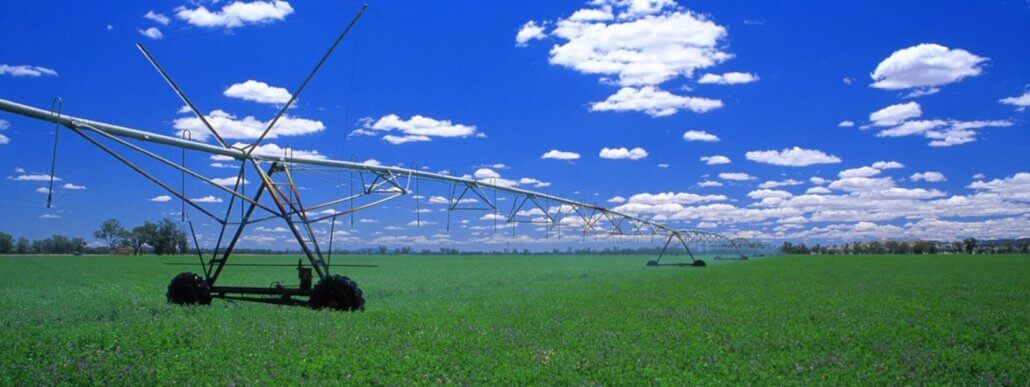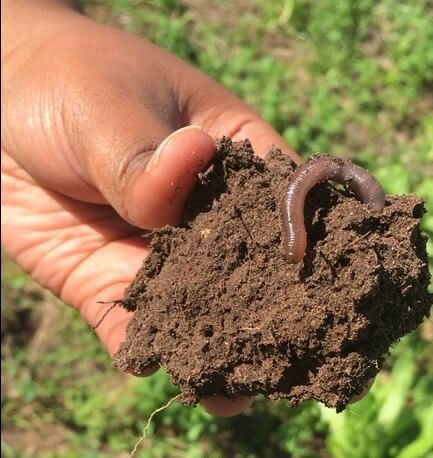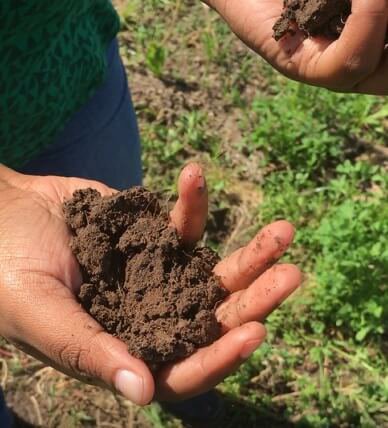
Lucerne the king
Lucerne has long been called the king of fodder crops because of its high protein content and nutritious hay1. Lucerne belongs to the leguminous family which contains all plants that have the ability to fix nitrogen from the atmosphere and deposits it directly to plant roots.
These special plants are able to do this through the rhizobium bacteria which live inside the root nodules. Pasture that has legumes, specifically lucerne, in the mixture normally require very little or no nitrogen fertiliser as lucerne can fix up to 284 kg N/ha/year2.
Lucerne has a very vigorous root system. As a result, it is able to scavenge the soil for water and nutrients, a characteristic which becomes handy during drought periods. This ability to move through deep layers makes it a good pasture to plant in dryland conditions. However, for lucerne to thrive, the soil health needs to be in a certain state. Below are some basic soil requirements for growing lucerne:
Good soil drainage
Soils that are underwater for long periods during the year can cause diseases to develop in seedlings. It is paramount that lucerne is planted in soils that do not experience waterlogging. Poorly drained soils will also reduce the amount of oxygen in the soil. This will cause respiratory problems for the microbes that are responsible for N fixation in the root thereby leading to a poor N fixation rate.

A well-drained soil is usually full of life.

Crumbly soil structure indicating good soil drainage.
Optimal phosphorus levels in the soil
Lucerne utilises large amounts of P. It is therefore important that any soil phosphorus deficiencies are corrected before planting. The P is important as it stimulates root growth and is important in the flowering and seed setting processes.
High soil pH and calcium levels
Lucerne is one of the few crops which grow well on a soil with a high pH. Along with a high pH, adequate Ca levels are also necessary for optimal growth. Applying sufficient lime to reach a pH of 7 and a Ca percentage of 70% is advised. Lucerne grown on low pH soils is at a high risk of aluminium toxicity which interferes with root development. The stunted growth of roots will limit the effectiveness of lucerne’s ability to fix nitrogen, resulting in low yields. Correcting the soil pH is, therefore, a prerequisite for optimal growth.
When these soil conditions are met, lucerne will be able to thrive, providing nutritious fodder to cattle. Farmers that include lucerne as part of their pasture mixtures will benefit from free nitrogen both from the atmosphere and from an enhanced mineralisation rate that will be stimulated by diverse pastures. The free nitrogen will help reduce fertiliser costs and improve farm efficiency.
Sources
Lategan K. 2014. Lucerne for beginners. Available at: https://www.farmersweekly.co.za/farm-basics/how-to-crop/lucerne-for-beginners-1/
Peoples, M.; Bowman, A.; Gault, R.; Herridge, D.; McCallum, M.; McCormick, K.; Norton, R.; Rochester, I.; Scammell, G.; Schwenke, G. 2001. Factors regulating the contributions of fixed nitrogen by pasture and crop legumes to different farming systems of eastern Australia. Plant and Soil 228: 29- 41.
- The management of soils with excessive sodium and magnesium levels - 2023-06-12
- Understanding evapotranspiration better - 2021-10-18
- Soil fungi connections - 2021-09-28
